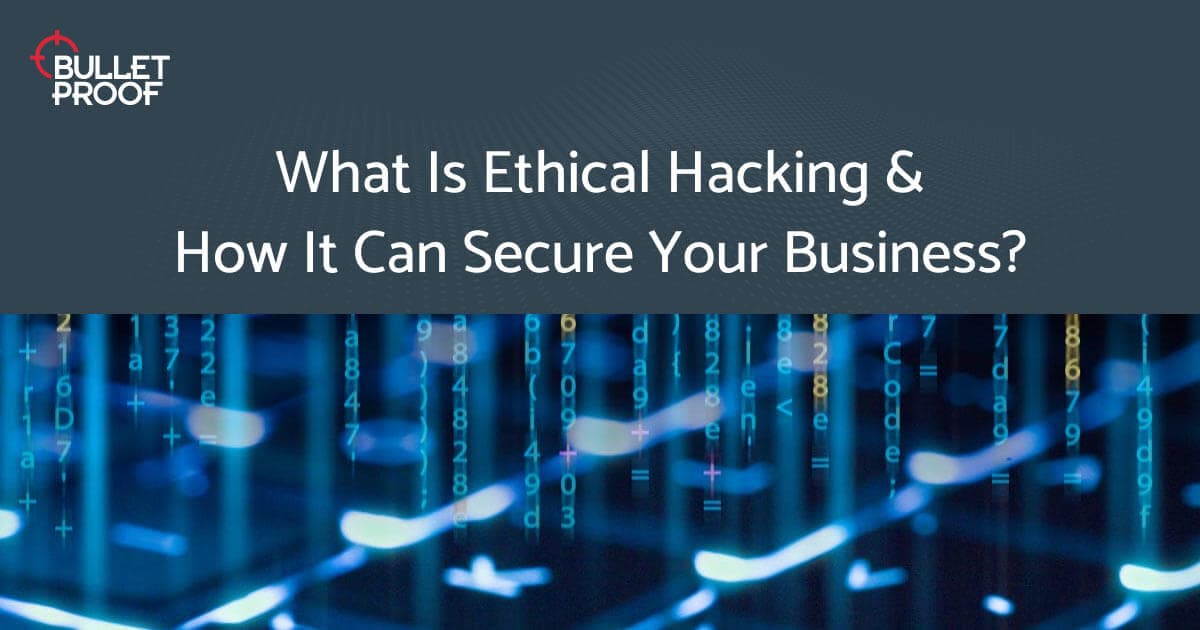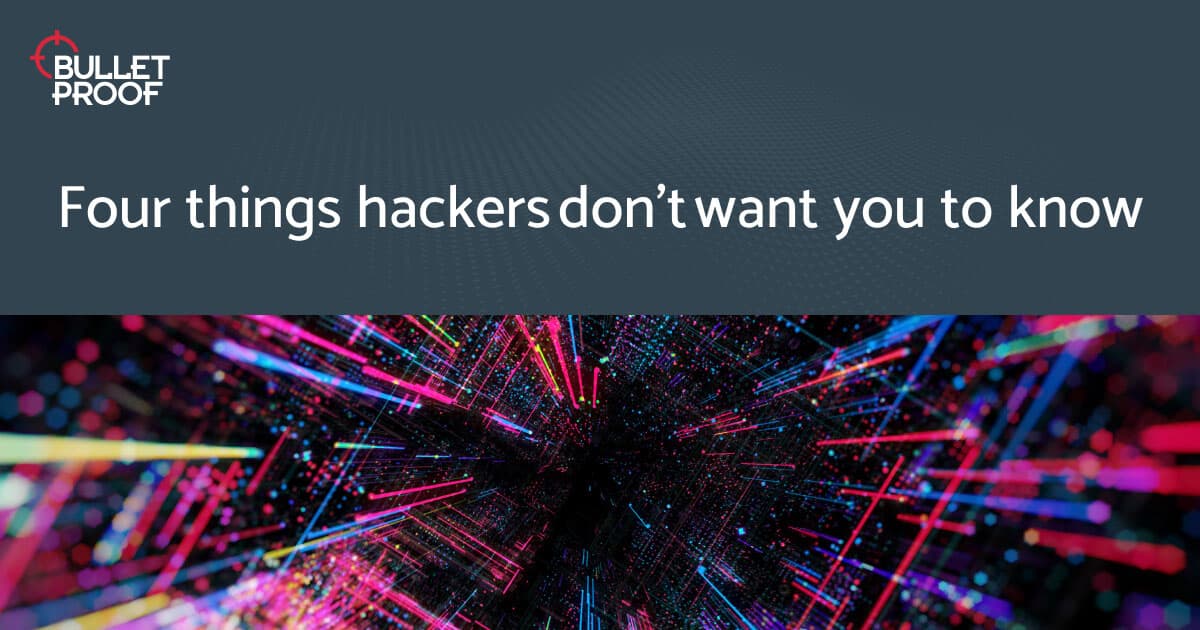Be aware: there are 6 types of hackers
Hackers are often associated with young adults who are constantly on their computers, staring at the screen full of codes and sitting in a dark room away from society. But don’t be fooled, hackers might just be some of the most intelligent people in today’s digital world; breaking into systems to test their abilities and expanding their knowledge to find new and innovative techniques- and strange as it may sound, not all of them want to steal your data.
It is important to note that not all hackers are considered malicious. Different hackers have different motives. Most threat actors will want to cause harm, steal important data or hold sensitive data to ransom whereas some hackers will simply attempt to see if they are capable of infiltrating an organisation’s system and in turn, notify them of their vulnerabilities.
Here, you will read about the different types of hackers, their techniques, and how to protect yourself and your business against potential data breaches.
Who is a hacker?
A hacker is a person who seeks to exploit the cyber security vulnerabilities in network infrastructures and illegally gain access to sensitive information by bypassing the cyber security measures on a computer system.
Hackers may be motivated by a multitude of reasons such as profit, protest, challenge, enjoyment, or to explore the limits of what is possible. Creativity is the most important skill for any hacker because they are always trying to find new ways of gaining access to computer networks and breach any cyber security defences an organisation may have in place. Hackers typically use programming languages, but they are also capable of using social engineering techniques in order to gain access to an organisation’s sensitive and business-critical data.
There are many methods hackers will use to breach an organisation’s network and infrastructure, including phishing, DDoS attack (Distributed Denial of Service), SQL injection, ransomware, and many others. These techniques can be very damaging if they are successful, and every company needs to have an emergency incident response plan and the necessary cyber security protection in place to combat these threats.
6 types of hackers
Shifting paper-based records to computers made it easy to store, monitor, and look for information. However, managing data digitally has introduced risks resulting in the need to protect network systems that store and use sensitive data. If stolen information is revealed to the public as a result of hacking, a company can suffer financial losses and lose its credibility, as well as having its brand identity and reputation irreparably damaged.
In the media, hackers are usually presented as malicious cyber criminals when, in reality, they wear different "hats." You would be surprised to learn that there are good and bad guys on the Internet; those who seek your valuable data, and those who work for a good cause.
1. White hat hackers (ethical hackers)
A White Hat hacker has all the necessary technical skills to infiltrate a computer system and gain access to any data. However, White Hat hackers as professionals are often referred to as Penetration Testers, permitted to ethically hack and test the cyber defences of an organisation. White Hat hackers usually work for government agencies or large organisations and are hired to defend their cyber security framework.
The motivations of a White Hat hacker are noble and are based on helping rather than damaging an organisation. Here are some benefits of a White Hat hacker:
Monitor, detect and fix vulnerabilities in IT systems
Protect and strengthen an organisation's cyber security
Detect human weaknesses in an organisation’s infrastructure
Educate people about data theft and cyber security best practice
That is why White Hat hackers are also known as ethical hackers who identify weaknesses, and pinpoint what needs to be fixed and changed. They work as penetration testers, security professionals, freelancers, etc.
2. Black hat hacker
Black Hat hackers are the exact opposite of White Hat hackers. A Black Hat hacker’s sole purpose is to breach computer systems for personal gain, stealing or jeopardising sensitive data. Black Hat hackers are driven by self-interest and often financial gain. In contrast to White Hat hackers or pen testers, a Black Hat hacker will attempt to breach an organisation’s network to gain unauthorised access to sensitive and business-critical data. Black Hat hackers have only malicious intent. Here are a few examples of what a Black Hat may do:
Infiltrate computer systems to steal, modify or delete personal or corporate data
Sell stolen data on the dark web
Infect your devices with viruses (trojan horse, worm, etc.)
Conduct political and corporate espionage to steal patents, contracts, legal disputes, etc.
3. Grey hat hackers
Gray Hat hackers fall somewhere between White Hat and Black Hat, as their intentions may not always be clear. A Gray Hat hacker will test an organisation’s cyber security vulnerabilities, breaching their network and accessing sensitive data. Gray Hat hackers use their ingenuity to then create a report for the organisation they’ve just breached and may choose to notify them of their vulnerabilities or ask to be reimbursed for disclosing the information. A penetration tester might be classed as a Gray Hat hacker if they choose to work anonymously without the knowledge of their employer.
4. Red hat hackers
Like White Hats, Red Hat hackers choose to help companies and organisations but with a more aggressive approach. A Red Hat hacker would target a bad actor, namely a Black Hat hacker, and launch attacks by utilising numerous techniques like:
Infecting computer systems of a Black Hat with malware
Gaining remote control of a hacker and jeopardising it
Red Hats would be more ethical if they didn’t use such aggressive techniques to stop Black Hats.
5. Blue hat hackers
Blue Hat hackers can be divided into those who seek revenge and those who help computer companies look for bugs and vulnerabilities.
A Blue Hat hacker who targets a person or an institution for personal reasons can launch a series of revenge attacks. This hacker isn't motivated by popularity or money, but only to harm and damage the systems and devices of an organisation or a person's reputation. This can include malware attacks or hacking into a social media account and an email address in order to create inappropriate photographs or send fake emails. The motivation here is clear – to get revenge on a company or a person.
When it comes to Blue Hat hackers who use their expertise and knowledge for a good cause, they usually cooperate with organisations to look for bugs, errors, and vulnerabilities in systems, software, or applications. Blue Hats will perform penetration tests to stress test an organisation’s network and infrastructure and use hacking techniques on them but without causing any harm.
6. Green hat hackers
Green Hats are amateur hackers who learn hacking techniques, trying out various cyberattacks to boost their position in the hacker community. A Green Hat hacker is not potentially dangerous, but may unintentionally cause harm by testing various hacking methods without realising the consequences of their actions. Green Hat hackers can often be confused with ‘script kiddies’ because both types of hackers are novices and lack a lot of experience. The main difference is that a script kiddie prefers to purchase malware or a script and use a ready-made programme, while a Green Hat hacker does the actual learning from scratch.
Devices vulnerable to hacking
Since hackers work remotely, it is necessary to make sure you and your employees know how to use all devices securely. Here is the list of things to keep in mind when using corporate email addresses and important files:
Smartphones- People never leave these devices alone; an unlimited flow of information happens right in front of your eyes. Though there is no visible risk in using your device, some of them can be susceptible to hacking. Android phones are easier to hack, especially when cracked applications are downloaded.
Web cameras- You might have already noticed that many people keep their cameras sealed, and for a good reason. If your PC is infected, hackers can access your camera, browsing history and take screenshots of everything they think will ruin your career.
Emails- Even though it is not a device, you should remember that hackers tend to send phishing emails containing fake and suspicious information, and may prompt you to click on links and input your data, which you absolutely should not do. It is best to consult with your manager or an IT specialist before clicking on anything.
Routers- If a hacker hacks into your router, the information sent and received is accessible and no longer secured.
How to protect yourself against hacking
There are simple rules to follow when it comes to protecting yourself from hackers. Regularly changing your passwords or using a password manager will help minimise the threat of a cyberattack from a hacker. Updating applications regularly and not clicking on suspicious or untrusted links is also advised. These are just some of the basic practices employees should be following as part of a wider cyber security practice within an organisation, to safeguard the network and business-critical data.
Penetration testing
If you want to avoid costly security breaches and gain the trust of your clients, make sure nobody can access your corporate data. Carry out regular penetration tests to uncover weaknesses and remove vulnerabilities.
This will help you focus on weaknesses that you can prioritise and fix right away before a hacker finds out about them.
Cyber awareness training
Regardless of the size of your company, you cannot monitor every action of your employees, nor should you have to. Instead, employees should take responsibility for their own online safety and understand the best practices of cyber security awareness.
Educating and training employees is key to ensuring the safety of not only an organisation’s computer systems, but the sensitive data of its employees. An organisations workforce will generally be its first line of defence against malicious hackers. Investing in Cyber Awareness Training will protect your company long term and help to prevent data breaches and cyber security incidents from occurring.
In conclusion
You can differentiate between hackers depending on their abilities and motives. Some hackers will be a useful resource in helping your business improve its cyber security while others will be keen to breach it and access sensitive data. Organisations should be prepared for all levels of cyberattacks and security threats which is why it is crucial in understanding the different types of hacker “hats” and taking proactive steps in securing your network, infrastructure and employees. By undertaking regular penetration tests and implementing employee cyber awareness training, organisations can build a better, more reliable and secure future.

Start protecting your business today
Get a prioritised list of the security flaws in your apps and infrastructure with expert penetration tests from Bulletproof.
Learn moreRelated resources
Get a quote today
If you are interested in our services, get a free, no obligation quote today by filling out the form below.













